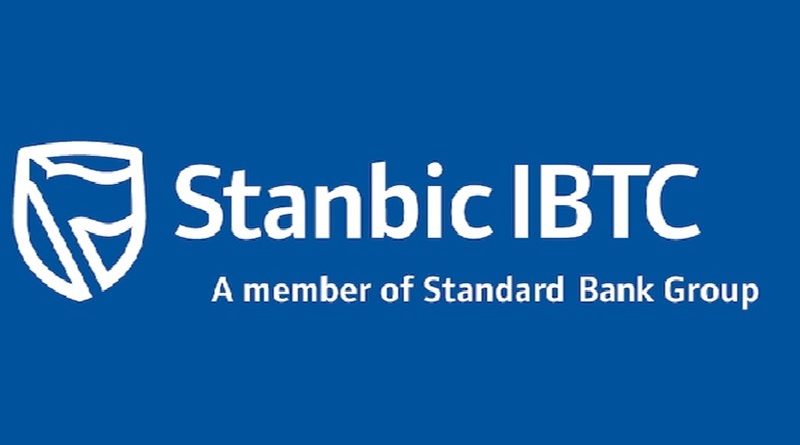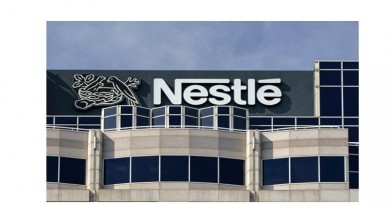Interest income fuels earnings growth in Stanbic IBTC 2024 first quarter result
Stanbic IBTC Holdings (STANBIC) published its unaudited Q1 24 results on Thursday, April 25, after the close of trading. The group experienced significant growth in pre-tax profits (73.0% y/y) and net profits (59.4% y/y) during the period.
The increase in earnings for the quarter was primarily driven by the growth in net interest income, specifically interest income from loans to customers and investment securities.
Investors reacted positively to the results, leading to a 10.0% gain in the stock price during the last trading session of the week (April 26). However, the stock has declined by 28.9% year-to-date.
Financial Performance
In Q1 24, interest income grew by 129.7% y/y, mainly due to a 119.8% y/y increase in interest earned on loans to customers, following a 6.5% y-t-d growth in net loans and advances to customers. Additionally, interest earned on investment securities surged by 154.9% y/y, contributing to the growth in interest income. On the other hand, interest expense rose by 177.1% y/y, driven by significant increases in interest paid on long-term borrowings (+152.1% y/y) and customer deposits (+159.5% y/y). The CASA mix improved to 76.3% from 74.9% in Q1 23, but the cost of funds rose to 4.5% (compared to 2.8% in Q1 23) due to the continued increase in the cost of borrowing. Nonetheless, net interest income grew by 111.4% y/y, with the net interest margin increasing by 338bps to 10.9%.
Non-interest income expanded by 37.5% y/y in Q1 24, driven by a 67.2% y/y increase in net fees and commission income. The main contributors to this growth were asset management fees, which reached N23.93bn during the period, and electronic banking fees. However, trading revenues declined by 11.7% y/y due to reduced income from fixed income and currencies. On the expense side, operating expenses rose by 65.1% y/y, primarily driven by staff costs, regulatory fee (AMCON) charges, and information technology costs. Nevertheless, the cost-to-income ratio declined by 162bps to 49.3%
Further along the profit and loss statement, provisions for loan impairment experienced a significant increase of 116.6% year-on-year due to prevailing macroeconomic conditions. Consequently, the Cost-of-risk rose by 25 basis points to 1.3%. Pre-tax profits saw a substantial rise of 73.0% year-on-year, while the effective tax rate increased to 27.2% (compared to 20.4% in Q1 23) as a result of growth in taxable income for the group.
Asset quality
During the period, the non-performing loan ratio rose to 3.5%, the highest since Q1 21, although still below the regulatory benchmark of 5%. The Capital Adequacy Ratio (CAR) declined to 14.8% from 19.2% in FY 23, but it remains higher than the minimum regulatory requirement of 10%.
Conclusion
We anticipate that improved market yields will continue to support interest incomes in the upcoming months. Additionally, we expect a recovery in Trading revenues, which we believe will further bolster earnings. Overall, these results indicate a promising start to the year. The stock price has declined by 28.9% year-to-date, which has enhanced its valuation and, in our opinion, makes it more attractive than it was at the beginning of the year.




